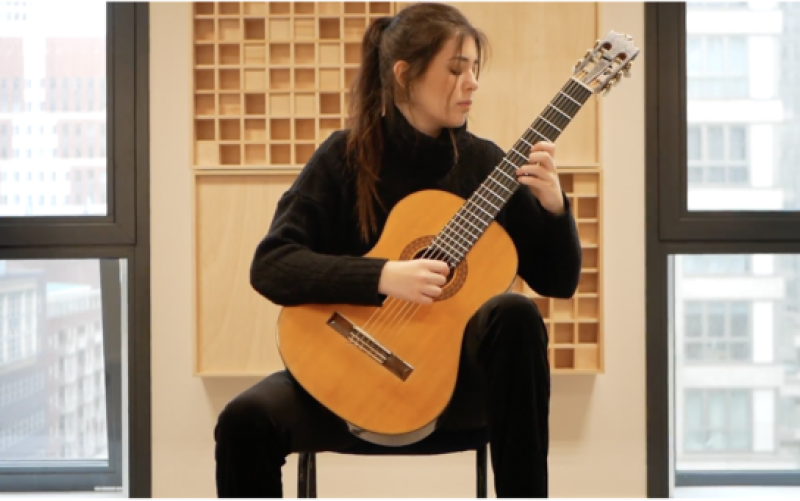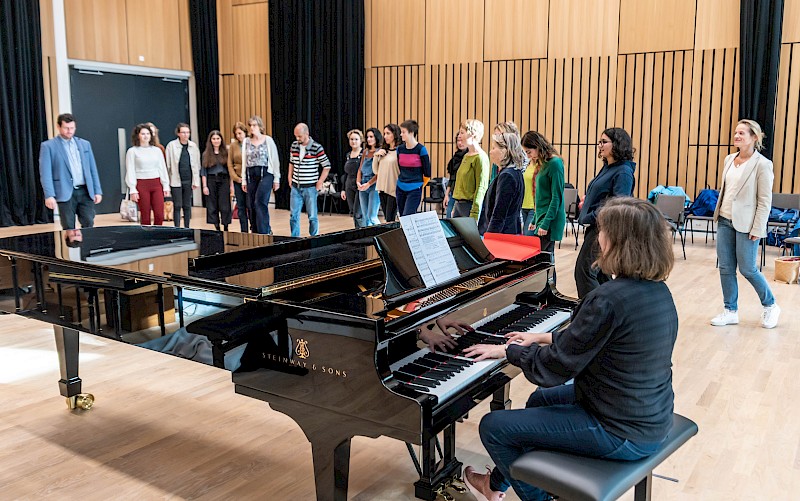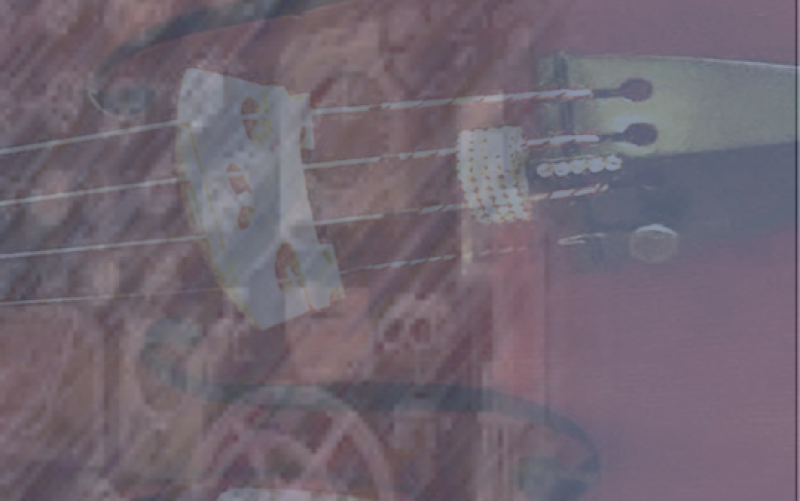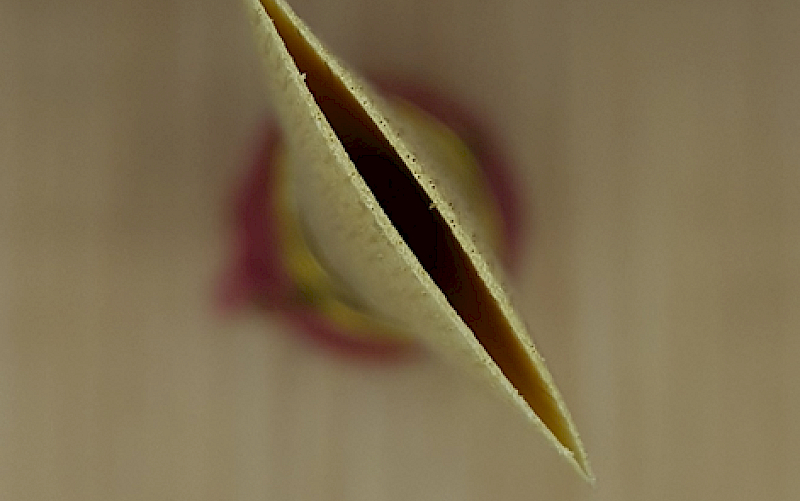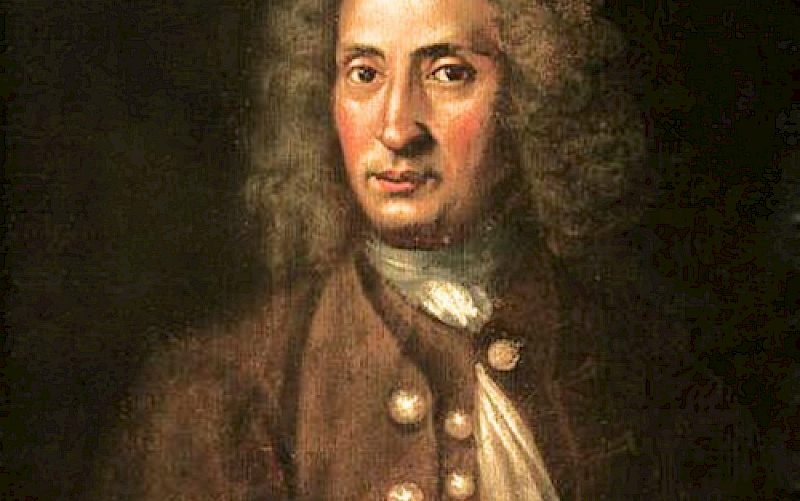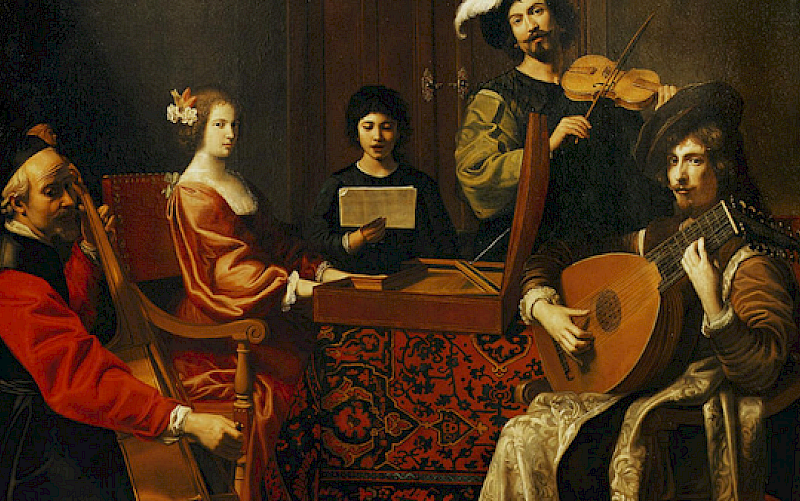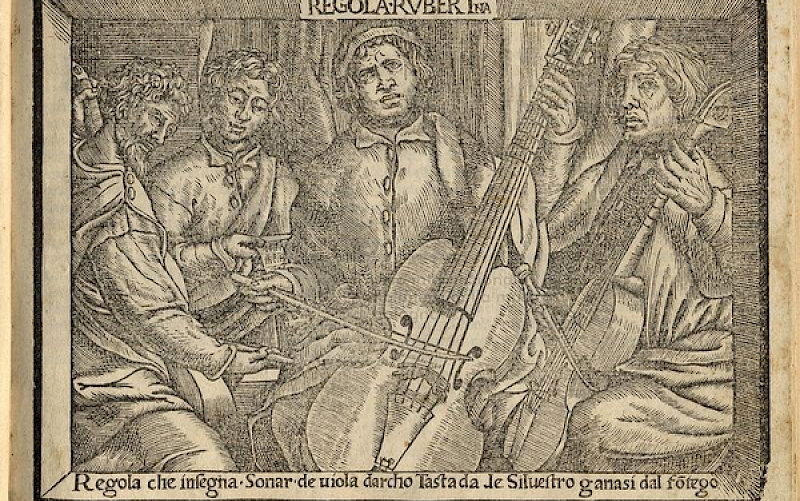Reseach: Caprice Basque, P. Sarasate
Name: Mikel Ibañez Santervas Main subject: Violin Main Subject teacher: Peter Brunt Research supervisor: Herman Jeurissen. Title of the research: Caprice Basque op.24 by Pablo Sarasate. Way of being interpreted. Research question: Why did Pablo Sarasate compose the first dance of the Caprice Basque in 3/4 bar? Summary of results: The first dance of the "Caprice Basque" op. 24 by Pablo Sarasate is composed in 3/4 although it is a traditional dance from Basque Country which is usually played in 5/8. The piece was composed in 1880 when the quintuple bars were not still common at the classical occidental musical language but they were beginning to be spread little by little. After having analyzed all the documentation about it, my conclusion is that in the folkloric music often the musicians do not play what is written in the score really precisely. Sometimes what is written in the score is just an approximation of what it sounds. Is at the second half of the XIX, when, the folkloric music gets analyzed by expert musicians, that we start to see the relation between what we listen and what we read in the scores. This is exactly the case of Pablo Sarasate. He knew about the 5/8 bar when he composed the Caprice Basque ( because of the geographical closeness of Pamplona (his hometown) and the Basque Country, and because there were in the Basque tradition some written 5/8 “Zortziko” examples as the one we have seen of 1813 by Antonia de Mazarredo or her sister Juana de Mazarredo) but despite he wrote it in 3/4, it is completely sure that he would interpret it in the traditional way. Attached we can see a transcription of the piece in 5/8 which shows how the "Caprice Basque" op. 24 should sound. Biography: Mikel Ibañez, violinist. Born in Vitoria-Gasteiz (Spain) in 1989. He began his violin studies at de age of 6 at his hometown’s conservatory with the teacher Agustí Coma Alabert. Throughout his ten first years of studies, he complemented the violin lessons with his main teacher having some master classes with other teachers like: Víctor Parra, Christiam Ifrim, Joaquín Palomares and Keiko Wataya. Once he was graduated in 2006, Mikel was accepted in MUSIKENE to study bachelor with the prestigious Japanese teacher Keiko Wataya. He obtained the bachelor degree with distinction in 2012. Then, searching for a technical and musical development, Mikel moved to The Hague after being accepted at the Royal Conservatorium of the same city to study with Peter Brunt, and got the bachelor degree in 2014. Currently, he studies second year Master at the Royal Conservatorium of The Hague with Peter Brunt.

